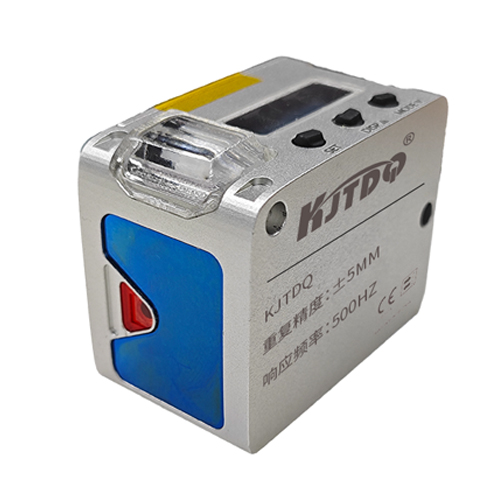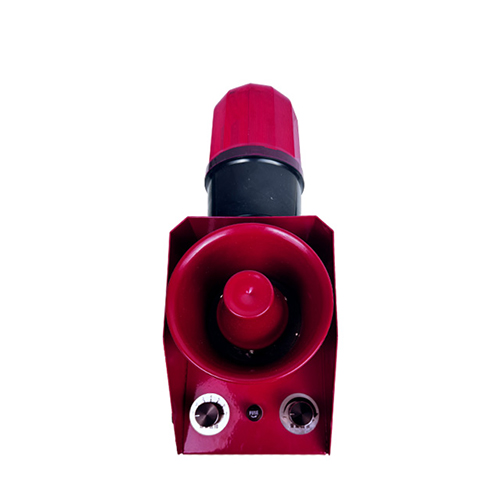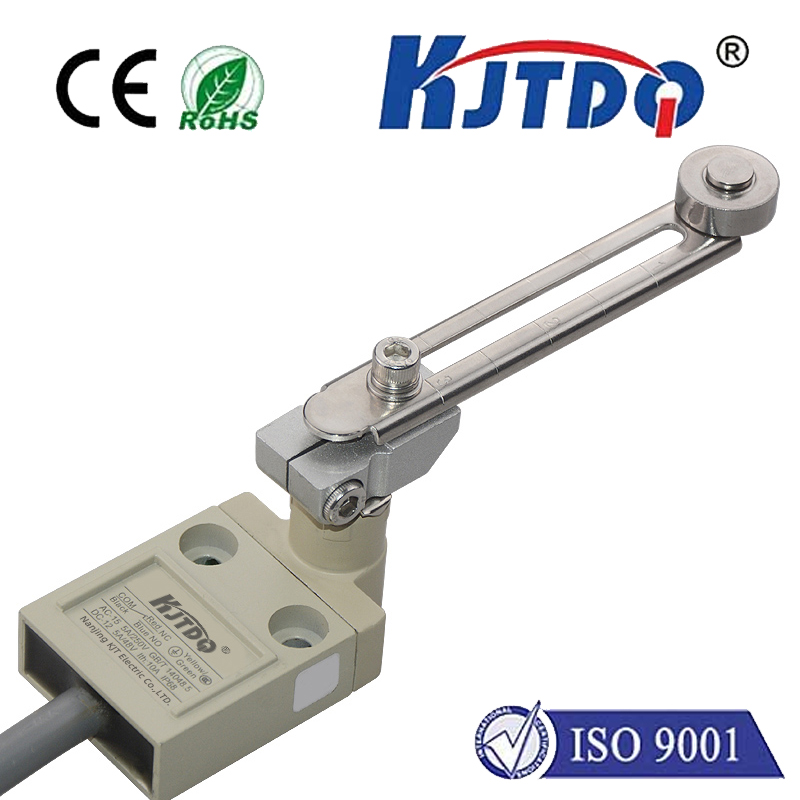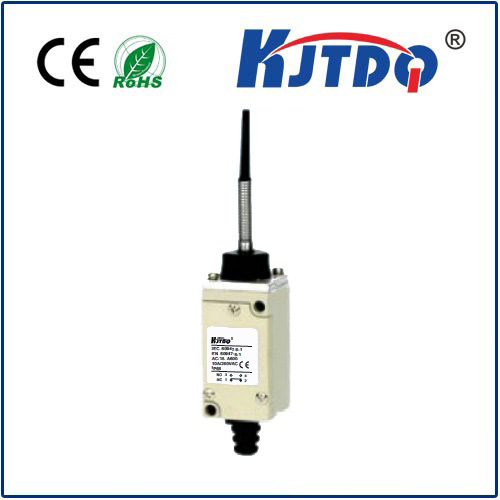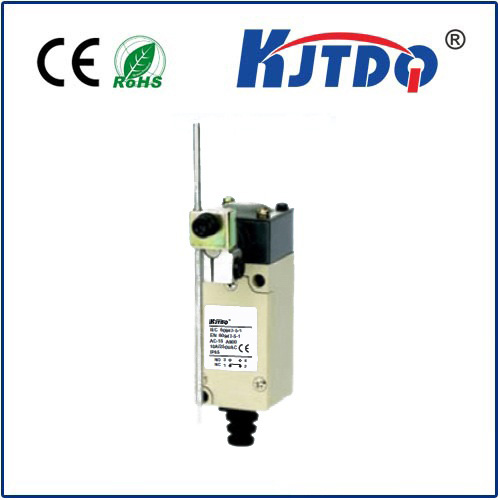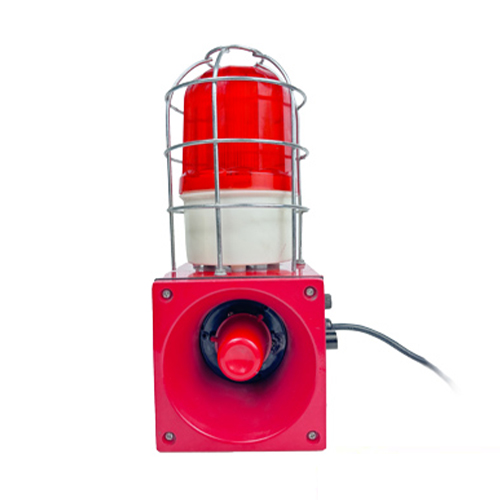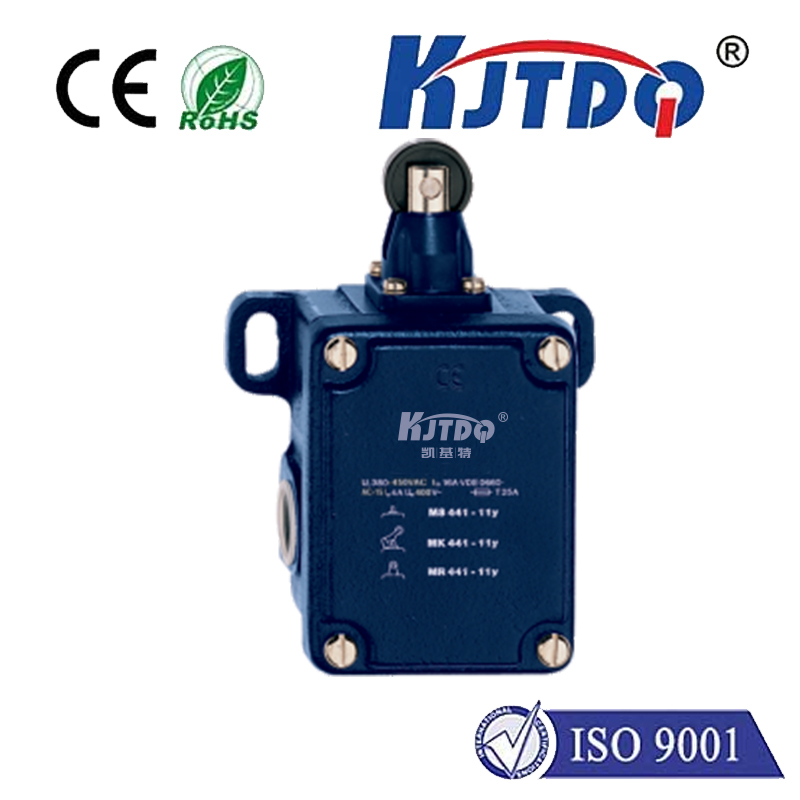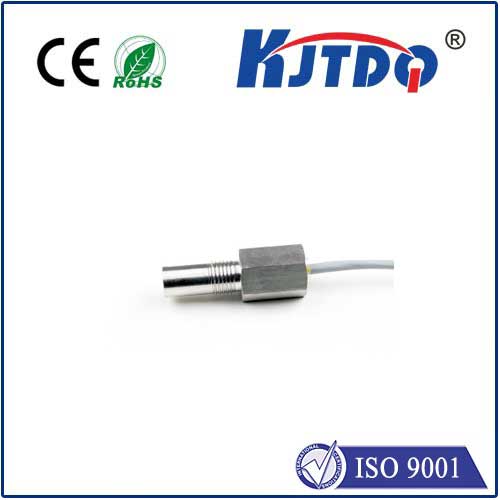12 volt proximity sensor
- time:2025-07-08 03:52:30
- Click:0
Unleashing Potential: The Power and Versatility of 12 Volt Proximity Sensors
Imagine a machine reacting instantly as an object approaches, a garage door opening seamlessly before your car touches it, or a conveyor belt starting only when a part is perfectly positioned. This silent, efficient orchestration is often the work of 12 volt proximity sensors, the unassuming yet indispensable heroes of modern automation. Offering a sweet spot of voltage compatibility, reliability, and ease of integration, these sensors form the backbone of countless detection tasks across diverse industries.
**Understanding the Core: What is a 12V Proximity Sensor? Put simply, a proximity sensor detects the presence or absence of a nearby object without physical contact. When powered by 12 volts DC, it becomes a universally adaptable device.** This specific voltage aligns perfectly with common power sources found in vehicles, battery-operated systems, many control panels, and smaller-scale automation projects. Unlike mechanical switches that wear out, proximity sensors offer contactless, wear-free operation, translating to significantly reduced maintenance and enhanced longevity.
How They Work Their Magic (Without Touch) Most 12V proximity sensors rely on electromagnetic principles. The two dominant types are:

- Inductive Proximity Sensors: Ideal for detecting metallic objects. Inside the sensor, an oscillator generates a high-frequency electromagnetic field. When a metal target enters this field, it induces eddy currents within the metal. This causes a measurable change in the oscillator’s behavior (like amplitude damping), which the sensor’s circuitry detects. It then switches its output signal accordingly – typically turning a solid-state transistor output “ON” or “OFF”. Their detection range is relatively short but highly precise.
- Capacitive Proximity Sensors: These can detect a much wider range of materials, including metal, plastic, wood, liquids, and even granular substances. They work by sensing changes in the capacitance between the sensor’s active surface and the target object (acting as the other plate of a capacitor). As a detected object approaches, it alters the sensor’s oscillating field, triggering a state change in the output signal. This makes them incredibly versatile.
The Crucial Detail: NPN vs. PNP Outputs When selecting a 12V proximity sensor, understanding its output configuration is paramount. This refers to the type of transistor switch used inside the sensor and how it connects to the load (like a PLC input or relay):
- PNP Sensors (Sourcing): In a PNP sensor, the output signal line provides the positive 12V supply to the load when activated. Think of it as switching the positive wire. The load is typically connected between the sensor’s output and ground (0V).
- NPN Sensors (Sinking): Here, the output signal line provides a path to ground (0V) for the load when activated. It switches the negative wire. The load is typically connected between the positive 12V supply and the sensor’s output.
Choosing the correct type (NPN or PNP) is essential for compatibility with your controller (like a PLC) or the device being controlled. Mismatched wiring simply won’t function.
Key Specifications: What to Look For When selecting a 12 volt proximity sensor, consider these critical parameters:
- Sensing Range: The maximum distance (typically ranging from 2mm to 15mm for standard inductive models) at which the sensor can reliably detect the target material. Capacitive sensors might offer slightly different ranges depending on the material.
- Output Type: Primarily NPN or PNP (as discussed above), and sometimes the configuration (Normally Open - NO / Normally Closed - NC).
- Housing Material: Often constructed from robust stainless steel (especially inductive types) or specialized plastics/nickel-plated brass (common for capacitive types), chosen for durability in industrial settings.
- IP Rating (Ingress Protection): This indicates the sensor’s level of protection against dust and liquids (e.g., IP67 - dust-tight and resistant to temporary immersion). Choose based on your environment.
- Switching Frequency: How fast the sensor can detect objects passing by, crucial for high-speed applications.
- Flush vs. Non-Flush Mounting: Flush-mountable sensors can be embedded level with surrounding metal, reducing the risk of mechanical damage. Non-flush types generally offer a longer sensing range.
Where 12V Proximity Sensors Shine: Key Applications. The combination of 12 volt DC power and versatile detection makes these sensors ubiquitous:
- Automotive Manufacturing & Assembly: Counting parts, verifying component presence (e.g., pistons in an engine block), detecting tool positions, monitoring robotic arm movements, and confirming door/window closure on assembly lines.
- Packaging Machinery: Detecting product presence on conveyors, controlling filling levels, verifying cap placement on bottles, and confirming case sealing.
- Material Handling: Monitoring bin levels (capacitive sensors for non-metallics), controlling conveyor start/stop based on object presence, detecting position in automated storage systems (AS/RS), and coordinating robotic palletizer movements.
- Security Systems: Detecting unauthorized access through windows or doors (often capacitive sensors), monitoring gate/door positions, and triggering alarm states based on proximity.
- Vending Machines & ATMs: Verifying coin/bill acceptance, detecting product dispensing, and monitoring door status for security.
- Mobile Machinery & Vehicles: Monitoring fluid levels (oil, coolant, fuel - often capacitive), detecting implement positions, sensing gear shifts, and controlling lighting systems (e.g., reversing sensors).
- Small Appliances & Consumer Electronics: Used in printers, coffee machines, and other devices to detect paper trays, water reservoirs, or moving components.
- Process Control: Detecting the presence of tanks, pipes, or specific process stages reliably.
Why Choose 12 Volts? The Winning Combination:
- Widespread Compatibility: Integrates effortlessly with 12V batteries (cars, trucks, boats, portable equipment), PLCs with 12V DC inputs, and numerous other control systems common in smaller machinery and automation.
- Safety: 12V DC is generally considered a safe low voltage, reducing risks associated with accidental contact compared to higher mains voltages (120V/240V AC).
- Ease of Installation & Wiring: Straightforward two-wire (simple on/off) or three-wire (NPN/PNP) systems are common and easy to integrate.
- Cost-Effectiveness: 12 volt proximity sensors offer a compelling balance of performance, reliability, and price per unit.
- Reliability & Long Life: Contactless operation eliminates mechanical wear, ensuring millions of operating cycles and minimal downtime.
From enhancing efficiency and safety on complex assembly lines to enabling simple object counting on a DIY project, the 12 volt proximity sensor provides a robust, adaptable, and reliable detection solution. Understanding their types, outputs, key specifications, and vast application potential empowers engineers, technicians, and hobbyists alike to harness their power and unlock new levels of automation and control. Their silent operation and dependable performance make them a truly foundational technology in our increasingly automated world.






